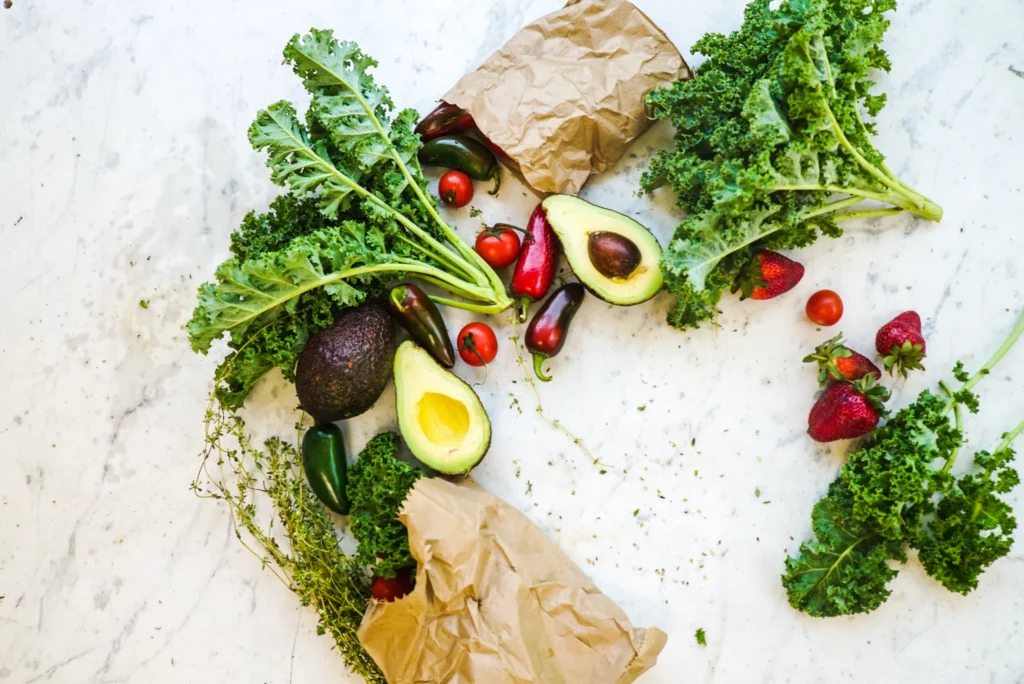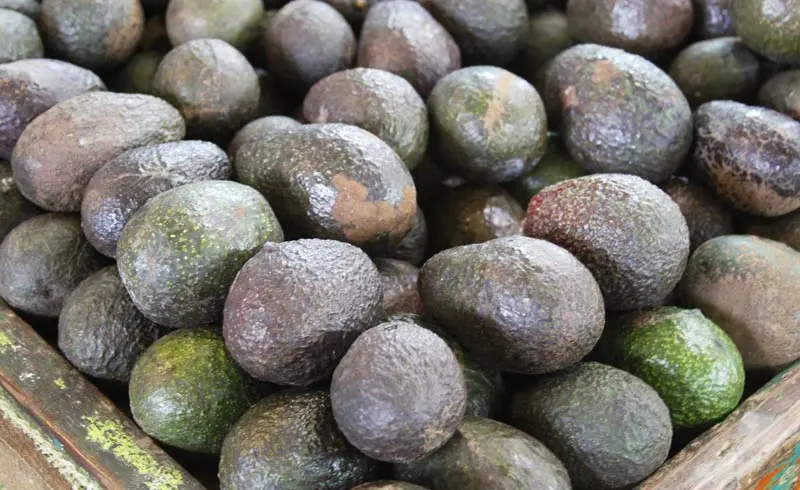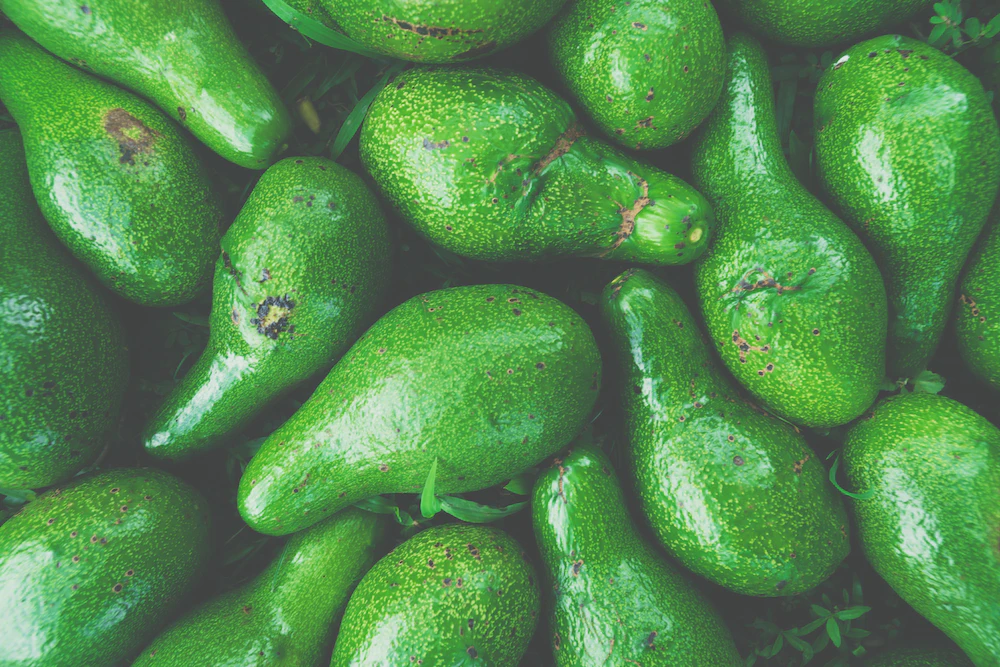You’ve probably seen those large, green avocados at the grocery store — Florida avocados, also known as Dominican avocados — and wondered what the difference is. Are you missing out? Green Skin Avocados are sometimes referred to as “regular” avocados, which is a misnomer since these fruits may come in different sizes and shapes, including pear-shaped or elongated green skin. Green skin avocado varieties

The hass avocado is a type of California-grown avocado that has dark green skin when ripe. It is considered one of the tastiest varieties and boasts a creamy, nutty flavor as well as a buttery texture. The haas is also known to have high oil content and contains more fat than some other types of avocados. Most of us are familiar with this black-skin-colored buttery fruit. Now, less fat might sound good, but the fats found in hass avocados are very healthy. Avocado oils are considered heart-healthy and good for your skin. A Florida avocado has the same kind of fats but in much lower quantities.
In terms of cooking, the fatty hass avocado cannot be beaten. The richness of the fruit makes the hass easy to mash and whip and richer in taste. For the guacamole, avocado toast, warm pesto sauce, or a healthy fat component in baked goods, you need the hass avocado.
On the other hand, green-skin avocados are different from the hass variety in many ways. Green skin avocados tend to be much larger than hass avocados and may not taste as rich or buttery. They are also typically lower in oil content, so they may lack some of the creaminess found in hass avocados. While green skin varieties can still make great additions to salads, sandwiches, and other dishes, they are not usually recommended for guacamole or other recipes that require a creamy consistency.

The difference between the two types of avocados can also be seen in their appearance. While both varieties are green when unripe, hass avocados have dark green skin with faint black speckling when ripe. On the other hand, green skin avocados keep their lighter green color even when ripe. The size and shape of the fruits may also vary between the two varieties; haas avocados are more rounded than many other varieties, while green skin ones tend to be long and oval-shaped.
Both hass and green skin avocados make great additions to any dish, so it’s up to you to decide which variety is best for your needs. Whether you’re looking for a creamier texture or a larger size, there is an avocado that will fit the bill.

We hope that you now understand the difference between green skin and hasss avocados and hope that readers understand the main characteristics of each variety and how they can be used in different ways. Knowing these key differences can make it easier to choose the right type of avocado for your recipes and meals.














